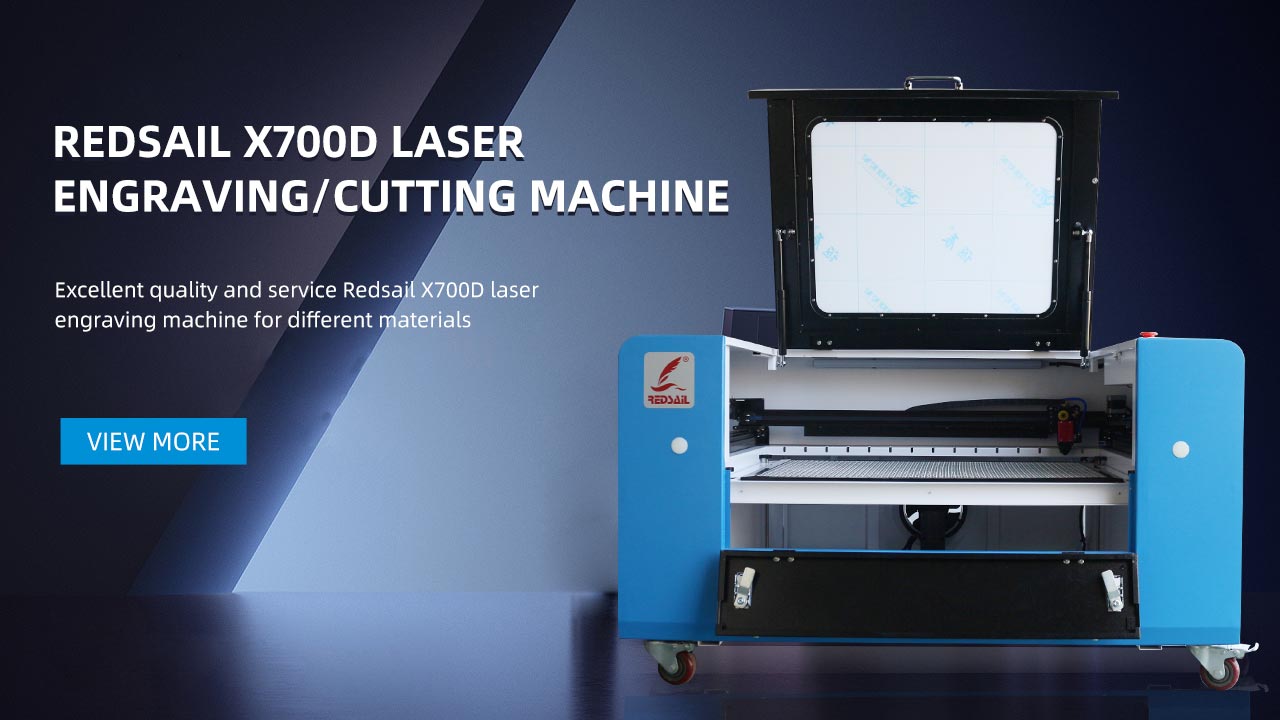Does CO2 Laser Really Work?
Introduction
CO2 laser, also known as carbon dioxide laser, is a popular medical device that is commonly used for various dermatological and cosmetic procedures. The CO2 laser works by delivering a targeted beam of light that is absorbed by water molecules in the skin, causing the skin to vaporize or ablate. This process, known as laser resurfacing, helps in removing damaged skin layers and stimulating the production of collagen, resulting in a refreshed and rejuvenated appearance.
How Does CO2 Laser Work?
The CO2 laser emits a concentrated beam of light with a wavelength of 10,600 nm, which is well-absorbed by water. As the laser light is delivered to the skin, it heats the water molecules within the targeted area. This localized heating leads to the vaporization of the water and the removal of the damaged skin cells. Additionally, the controlled thermal injury of the laser stimulates the production of collagen, which is an essential protein for maintaining the skin’s firmness and elasticity.
Laser Resurfacing Procedures
CO2 laser resurfacing can be performed using either a traditional ablative or fractional method:
Ablative CO2 Laser Resurfacing
During ablative CO2 laser resurfacing, the entire surface of the targeted area is treated. This procedure is more invasive and requires a longer recovery time, as it removes the whole outermost layer of the skin. However, it is highly effective in reducing the appearance of wrinkles, scars, and other skin imperfections.
Fractional CO2 Laser Resurfacing
Fractional CO2 laser resurfacing is a less invasive option where the laser beam is delivered in a fractionated pattern, leaving small areas of untreated skin between the treated spots. This method reduces the recovery time as it promotes faster healing. Fractional CO2 laser resurfacing is suitable for patients who desire improvement in fine lines, skin texture, and pigmentation.
Benefits of CO2 Laser Resurfacing
CO2 laser resurfacing has a wide range of benefits, including:
- Reduction of fine lines and wrinkles
- Improvement in skin texture and tone
- Reduction or elimination of acne scars and other scars
- Treatment of hyperpigmentation and age spots
- Tightening of loose skin
- Stimulation of collagen production
Frequently Asked Questions (FAQs)
Q: Does CO2 laser resurfacing hurt?
A: The level of discomfort experienced during the CO2 laser resurfacing procedure can vary depending on individual sensitivity. However, most clinics use local anesthesia or topical numbing cream to minimize any potential pain or discomfort.
Q: How long is the recovery period after CO2 laser resurfacing?
A: The recovery time can vary depending on the depth and type of the laser resurfacing procedure. Ablative CO2 laser resurfacing typically requires a longer recovery period of approximately 10-14 days, while fractional CO2 laser resurfacing usually requires less downtime, around 5-7 days.
Q: Are there any potential side effects or risks associated with CO2 laser resurfacing?
A: As with any medical procedure, CO2 laser resurfacing does come with certain risks and potential side effects. These can include redness, swelling, scarring, infection, changes in pigmentation, and prolonged healing. However, these risks can be minimized by following the post-treatment care instructions provided by your healthcare professional.
Q: How long do the results of CO2 laser resurfacing last?
A: The results of CO2 laser resurfacing can be long-lasting, with many patients seeing improvement in their skin’s appearance for several years. However, the longevity of the results can vary depending on factors such as the individual’s skin type, sun exposure, and skincare routine.
Q: Who is a good candidate for CO2 laser resurfacing?
A: CO2 laser resurfacing is suitable for individuals who want to improve the appearance of wrinkles, scars, age spots, hyperpigmentation, and other skin imperfections. However, individuals with certain medical conditions, such as active skin infections, may not be suitable candidates. It is best to consult with a qualified dermatologist or plastic surgeon to determine if CO2 laser resurfacing is appropriate for you.
Conclusion
CO2 laser resurfacing is a highly effective procedure for improving the overall appearance and texture of the skin. The treatment works by removing damaged skin layers and stimulating collagen production, resulting in smoother, more youthful-looking skin. While there are certain risks and potential side effects associated with CO2 laser resurfacing, they can be minimized with proper skincare and adherence to post-treatment guidelines. Before undergoing the procedure, it is essential to consult with a qualified medical professional to determine if CO2 laser resurfacing is the right option for your specific needs.





